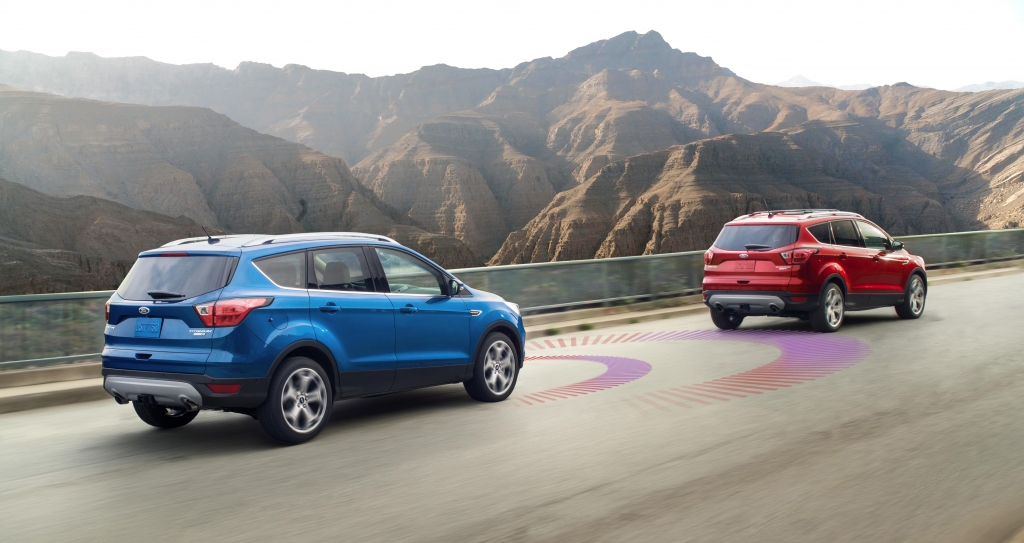
Three Ways Ford’s Adaptive Cruise Control Cuts Stress and Busts Traffic Jams
Traffic is a key source of stress on the road. Being stuck in gridlock can result in feelings of irritation, boredom and anxiety, potentially leading to road rage and aggressive driving behaviour. Ford’s Adaptive Cruise Control (ACC)1driver assist technology can minimise these issues by reducing the stress that drivers face on their daily commutes.
Now, Ford has gone one step further by upgrading its ACC technology with new functions: Stop & Go and Lane Centring. Here’s how ACC with Stop & Go and Lane Centring can help make driving even smoother and easier.
Stop and start automatically
Driving in traffic is taxing to the brain. You’re constantly on alert as you try to anticipate when to stop and when to move forward. It’s like taking a long exam – you’re sitting the whole time but still emerge feeling exhausted.
The new Stop & Go addition from Ford helps relieve mental stress by enabling the vehicle to automatically respond to changes in traffic, even when navigating congested roads. Stop & Go functionality allows drivers to set a cruising speed, and then uses radar and camera technology to monitor traffic ahead to maintain a set distance between vehicles – even following a vehicle down to a complete stop, and then accelerating again up to the preset cruising speed. “It used to be that drivers could only apply Adaptive Cruise Control when they were cruising at a certain speed,” said Jamie Rae, Marketing director, Ford Middle East. “But the newly added Stop & Go extends the operating range to 0 km/h, so drivers can now activate it from a stopped position.”
Adjust vehicle speed and lane centring automatically
As its name suggests, ACC with Stop & Go and Lane Centring is able to orient your vehicle in the centre of the lane, as well as automatically resume and adjust your car’s speed to keep pace with the vehicle in front, maintaining your pre-set distance.
This means drivers won’t have to constantly apply the brake and gas pedals or adjust the steering wheel. The new technology can help drivers focus on other road and traffic conditions, supporting safer and more relaxed driving.
Prevent traffic jams
Research has shown that if drivers can learn to maintain uniform speeds and distances between cars, certain types of congestion can be avoided. A 2018 study conducted by Ford and Vanderbilt Universityon a closed test track simulating real-world traffic conditions showed that even if only one in three drivers utilised ACC, it can help prevent phantom traffic jams. These road blocks happen randomly and are often caused by poor driving habits like tailgating, unnecessary braking and merging without signaling. By leaving enough space between cars, you can avoid the chain reaction of braking cars that happen when a car suddenly and unexpectedly slows down.
So not only is the ACC a stress-buster, it’s also a traffic-buster. “Drivers still need to pay attention to ensure they can respond quickly and efficiently when a traffic situation arises. But automated systems, aside from helping relieve stress and provide a safer, calmer environment for drivers, can also improve vehicle flow under certain circumstances,” added Rae.
Be the traffic hero everyone needs and turn on your ACC.



























